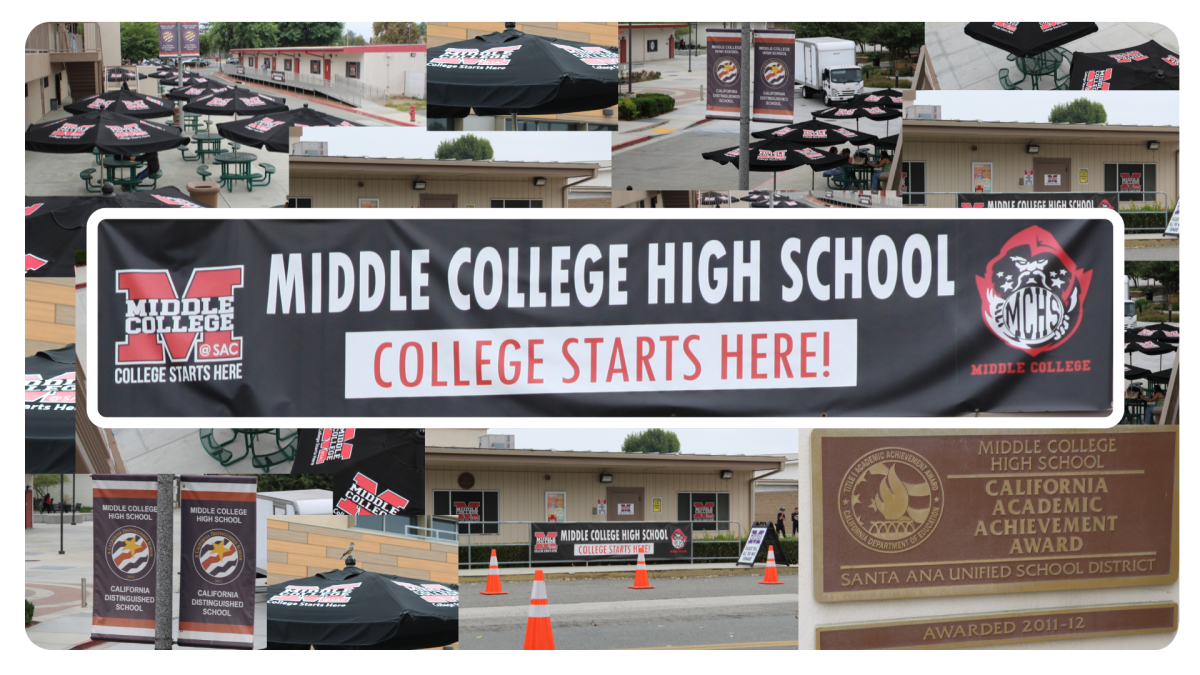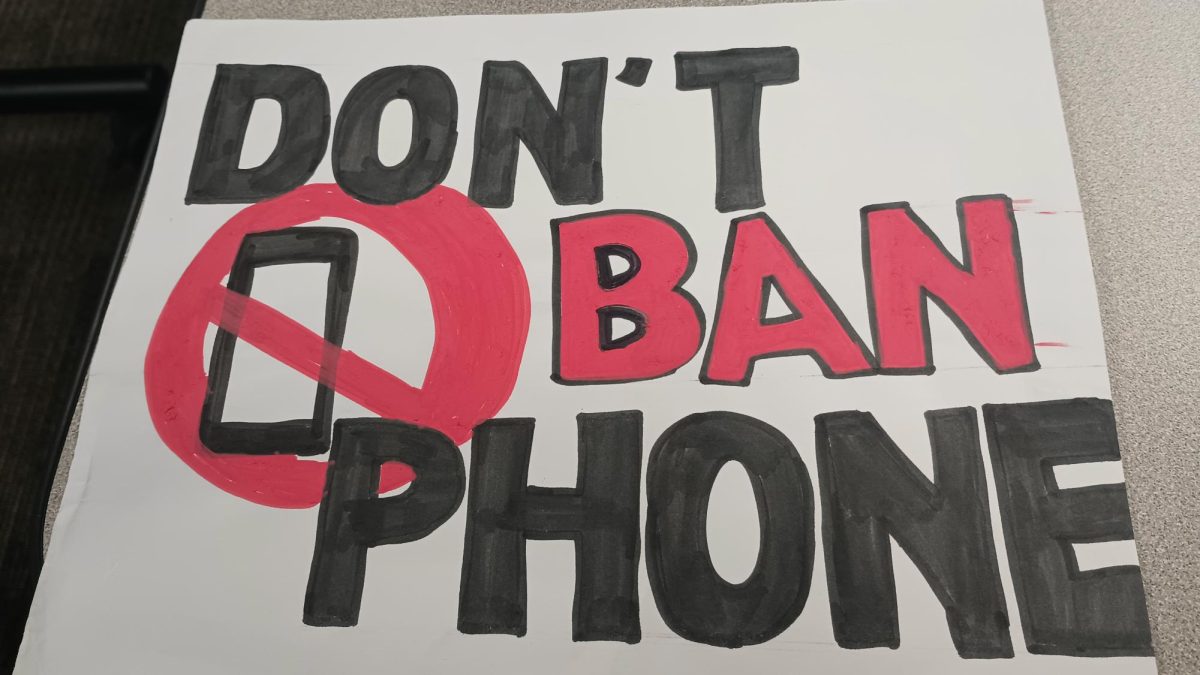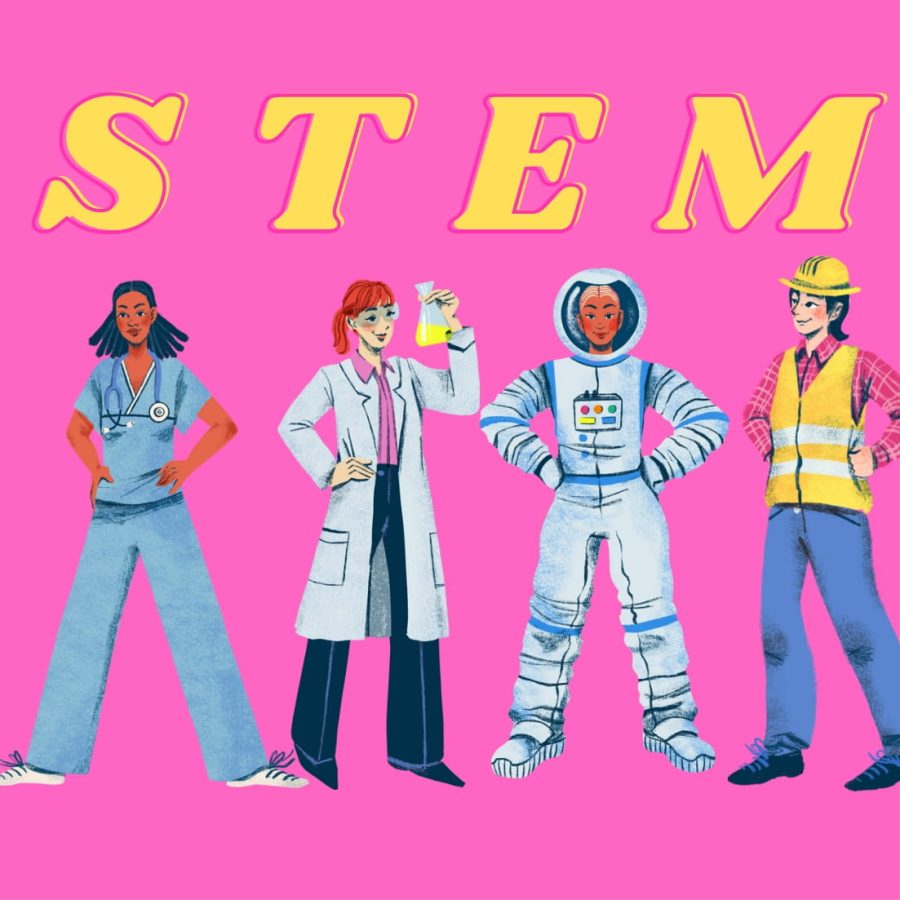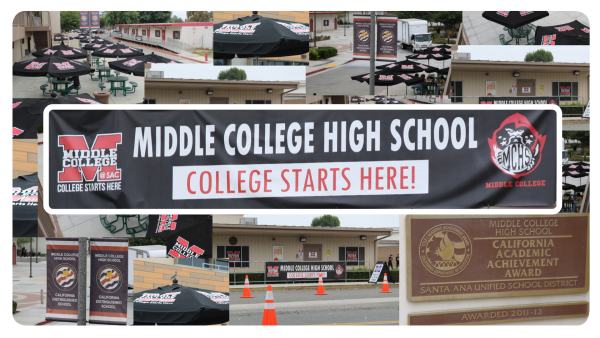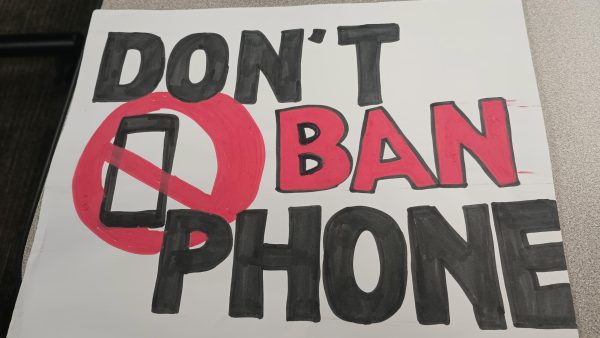STEM is not a man’s world
Stephanie Cervantes (made with Canva)
Society needs to support women in STEM and encourage young girls to get involved.
Legos are for boys, dolls are for girls. Computer science and engineering are for boys, while the humanities are for girls. When it comes to gender identification, society has a tendency to enforce and naturalize strict binaries for children. The acceptance of gender stereotypes is fostered by these binaries, which produce bias that persists into adulthood. The form of this gendered oppression has a significant impact on young girls’ possibilities and professional goals. Girls’ talents and abilities are suppressed when they are discouraged from or otherwise unaware of their possible future in fields of science technology engineering math (STEM).
MCHS biology teacher Laura Compton recalls her initial attraction to science.
“I’ve always loved science. I had the privilege of having good science teachers growing up. In elementary school, we had a science lab and I would go in at lunch and help with the animals. It was just really fascinating,” Compton said.
Introducing young girls to women who are thriving in STEM fields will instill interest in STEM majors and careers. It will show girls that women are equally capable as men in STEM and that they can also achieve their full potential as software engineers or astronomers or any field they chose to follow.
“If my teachers had introduced me to more STEM-related fields and had I known about the diversity of fields in science, I probably would have gone into one of those sciences,” Compton said.
There is a lack of women pursuing and practicing STEM relative to the number of men active in these fields. The National Girls Collaborative Project, in conjunction with the National Science Foundation, indicates that, “Women make up half of the total U.S. college-educated workforce, but only 29% of the science and engineering workforce.” In other words, while the workforce of the United States equally represents the genders, women are severely underrepresented in science and technical fields and experience various challenges throughout their careers.
“We are still hurdling institutionalized sexism in which girls are not encouraged to be good at math or be good at science. You’re good at writing. You’re good at creativity. That’s fabulous, but we need to hone and cultivate a culture where those things in females are considered worthy,” Compton said.
Monica Castello, a civil engineer who now works on transportation, shares her experience upon entering the workforce.
“I was young, petite, and pretty lively, so being taken seriously has been an issue for me. But if you are serious and decisive, you are labeled as somebody that is hard to work with. So as a woman, you have to straddle that line of being competent, confident, and yet being likable,” Castello said.
It is not enough for women to be good at their job if they want to be accepted and succeed. An article by TED reports, “Women need to display their competence and leadership capability in a way that conforms to gender stereotypes. This means doing your job well while ensuring you are coming across as warm, friendly, kind, modest, sympathetic, and pleasant. If women don’t do this, they will be perceived as competent but not likable.”
Cultural biases consistently overrate men and underrate women. Self-assessment studies show that men and women do the same to themselves. Women tend to evaluate themselves two points lower than reality, while men will evaluate themselves two points higher.
Tais Avila, a student studying mechanical engineering at California State University, Fullerton, provides insight.
“If you’re passionate and excited by STEM, go for it, but know that it will be hard. There will be a lot of men that will talk over you, that will underestimate you. Unfortunately, it is something that happens,” Avila said.
Castello can relate, she talks about inappropriate comments made by her male counterparts throughout her career and learning how to respond.
“I started my career in the early 2000s, but I’ve had contractors call me sweetheart and make inappropriate comments up until recently. I had people that I worked with telling me how I looked and making comments on my outfit, which made me feel uncomfortable. In the beginning, I was like, ‘what do I do?’ I didn’t do anything. I never really knew how to respond because I was so shocked,” Castello said.
A new poll conducted by NBC News and the Wall Street Journal shows that 48 percent of currently employed women in the United States say that they have personally experienced an unwelcome sexual advance or verbal or physical harassment at work.
“When it comes to encouraging my female students to go into those fields, I’m a little hesitant because there is still so much prejudice and stereotypes and sexual harassment. But then I think, ‘I’ve been put in this position for a reason, right?’ I’m here. So it’s up to me to help pave the way so that it is safe for our female students. So it is a viable thing for our female students,” Compton said.
If the thing that is discouraging young girls from entering fields of STEM is the perception that it is a “man’s world,” then society needs to create a world where women in STEM aren’t outnumbered.
Monica Castello offers advice to young girls looking to pursue a career in STEM, “Be ready to fight battles, don’t be afraid to say you deserve more.”

My favorite album is Folklore, I love the number 7, and New Girl is my favorite show.


